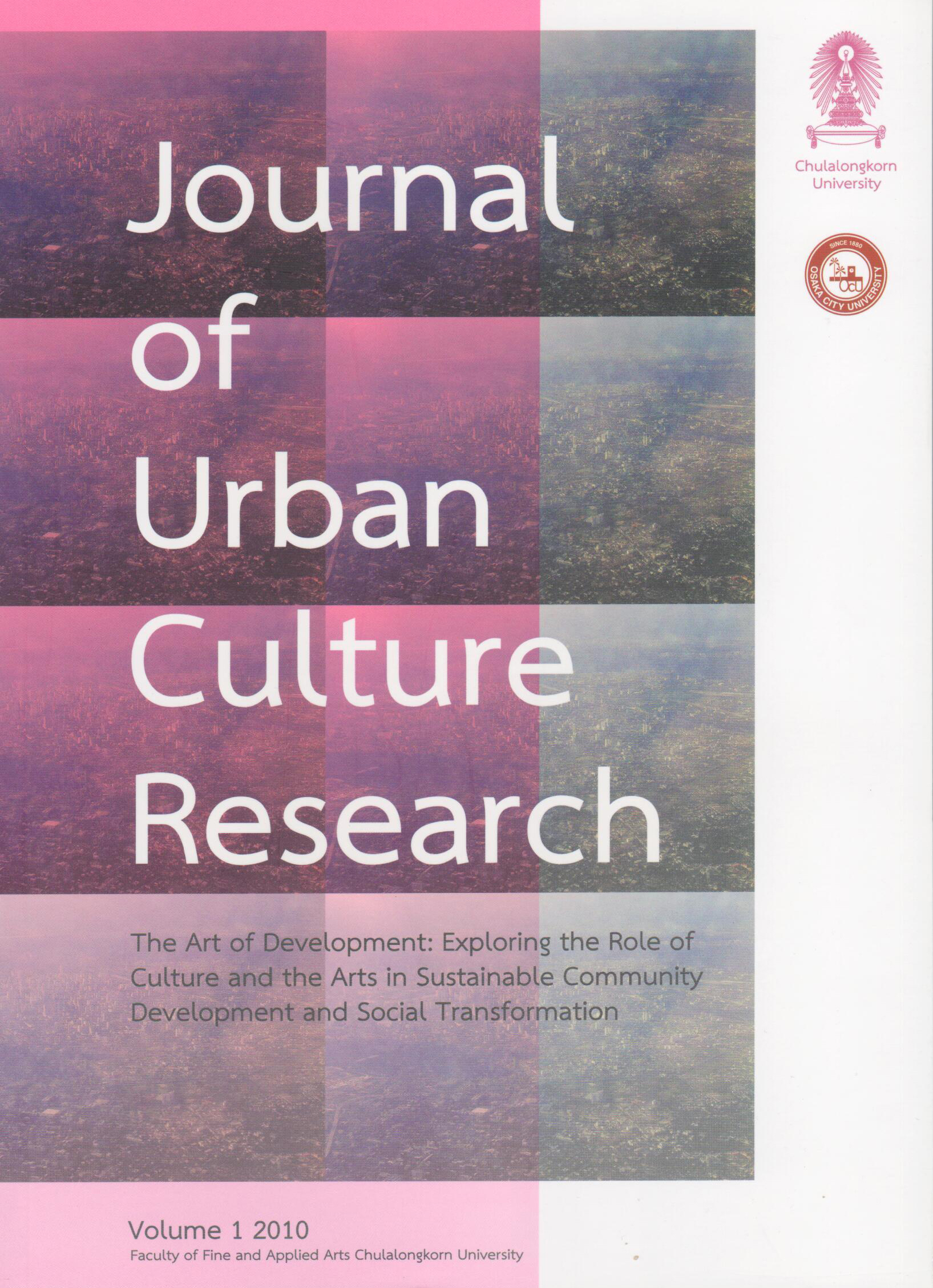Dance House: European Models of Folk Music and Dance Revival in Urban Settings
DOI:
https://doi.org/10.14456/jucr.2010.7Keywords:
Táncház, Cultural, Society, Folk, Slovenia, Urban Revival, EdutainmentAbstract
At its inception in Hungary in the 1970s, the gatherings of young urban musicians at which they performed rural dance music for urban audiences had clearly political connotations. These gatherings, named Dance House or “Táncház” in Hungarian, were meant to be an alternative to the Soviet-style choreographed stage presentations of “folklore”. As the model spread to other European countries, the political overtones became either different or irrelevant as the gatherings became largely recognized as both learning and entertaining events for urbanites. This presentation first contextualizes the appearance of the Dance House in the words of some of its creators and practitioners. This is followed by an analytical overview of Dance House gatherings in various parts of Europe. The central part of the presentation provides a detailed examination of the application of the Hungarian model in Slovenia. Based on multifarious experiences with Dance House in Slovenia and other European countries, the paper ends up with suggestions on possible applications of this model and its variants in worldwide contexts.Downloads
How to Cite
Pettan, Svanibor. 2014. “Dance House: European Models of Folk Music and Dance Revival in Urban Settings”. Journal of Urban Culture Research 1 (-):128-35. https://doi.org/10.14456/jucr.2010.7.
Issue
Section
Art and Transformation - Models of Art Outreach Programs for Individual and Social Rehabilitation and Development
License
Authors authorize the JUCR to publish their materials both in print and online while retaining their full individual copyright. The copyright of JUCR volumes is retained by Chulalongkorn University.
The views and opinions expressed herein are those of the individual author(s) and do not necessarily reflect the policies or opinions of the Journal (JUCR), it editors and staff, Chulalongkorn University, or Osaka Metropolitan University.







